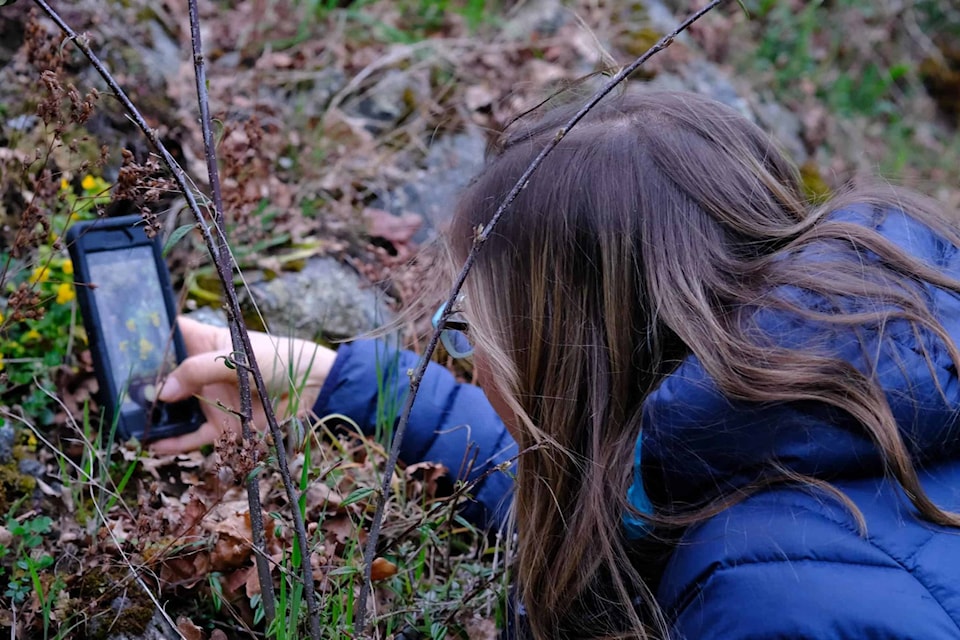If COVID-19 has highlighted anything, it is how important nature and outdoor spaces are to a person�㽶��Ƶֱ���s physical and mental wellbeing. The BC Parks Foundation is hoping outdoor enthusiasts can help them out by taking photos of plants and insects during their excursions to help learn more about the province�㽶��Ƶֱ���s ecosystems.
Earlier this spring, the foundation launched B.C.�㽶��Ƶֱ���s Big Nature Challenge, with the goal of collecting one million photos from all across the province.
When a person comes across a plant or insect they are unfamiliar with, they can upload the observation to iNaturalist, and a team of identifiers, along with iNaturalist�㽶��Ƶֱ���s artificial intelligence technology, will help determine the species.
To join the , all participants have to do is take photos of plants, animals, fungi, insects, tracks, animal feces, or other species and signs of wildlife, and upload those images to , or , either through a smart phone app or desktop platform.
Andrew Day, the foundation�㽶��Ƶֱ���s chief executive officer, said B.C. has one of the planet�㽶��Ƶֱ���s largest systems of parks and protected areas, along with a greater diversity of life than anywhere else in Canada.
�㽶��Ƶֱ���British Columbians have the chance to do something really ground-breaking,�㽶��Ƶֱ��� said Day. �㽶��Ƶֱ���Something that could lead the world in showing the power of people acting separately, and together.�㽶��Ƶֱ���
In the current social media-era, many nature and outdoor enthusiasts already take photos when they are out exploring, so uploading is an easy extra step, said Day.
Emma Griggs, program manager for the B.C. parks foundation, told Black Press Media that with the help of explorers, the organization has identified 1,200 threatened or endangered species on iNaturalist within the last year.
Almost 600,000 observations have been collected in less than six months. The group has reached a total of 952,373 observations as of Sept. 30 �㽶��Ƶֱ��� highlighting the importance of citizen science.
One spot that stands out to Griggs led researchers to identifying the rare grapple-tail dragonfly.
�㽶��Ƶֱ���It wasn�㽶��Ƶֱ���t seen for 40 years until a group of researchers were out this summer and saw 16 of them,�㽶��Ƶֱ��� said Griggs. She said that there are many stories similar to this one, identifying species they didn�㽶��Ƶֱ���t think would be in that specific area anymore.
The organization originally thought the goal of one million photos was a longshot. However, British Columbians came through as usual, said Griggs.
�㽶��Ƶֱ���Ultimately, the dream would be for us to go to the UN Congress of Biodiversity,�㽶��Ƶֱ��� said Griggs. �㽶��Ƶֱ���We want to present the campaign and the results as a sign of leadership and motivation for other provinces, states or countries.�㽶��Ƶֱ���
Next year, the foundation wants to keep the campaign going and hopefully double the amount of photos, aiming for two million.
Like us on and follow us on .
Want to support local journalism? Make a donation



